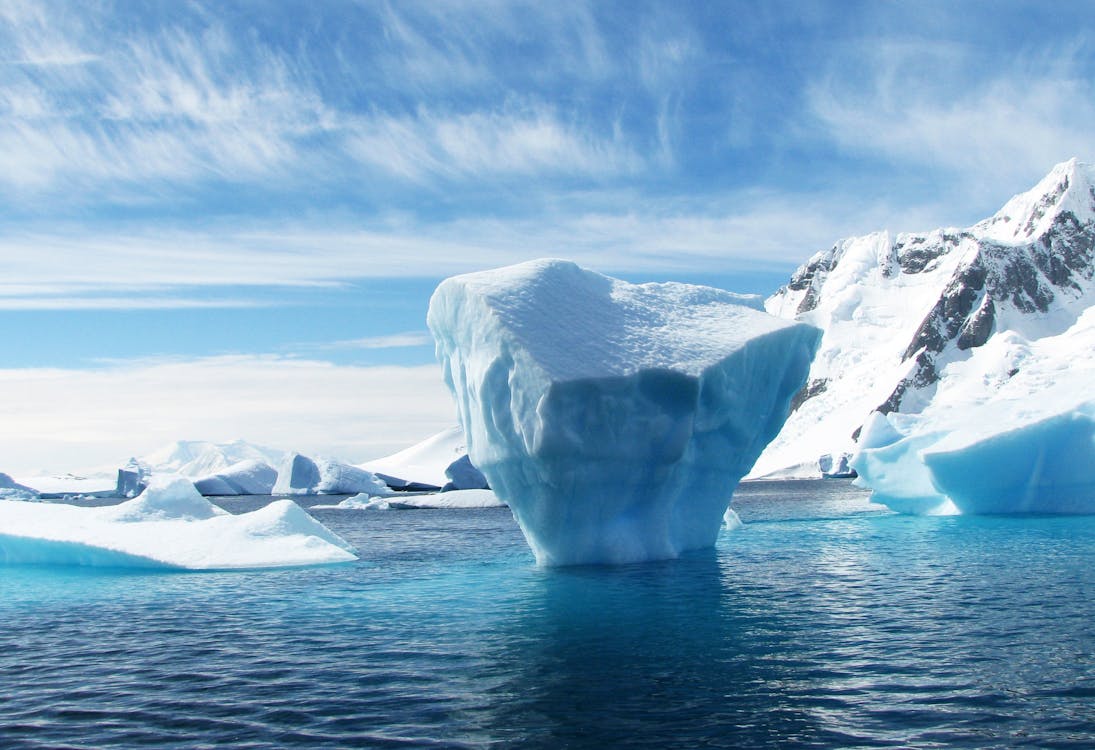Why the Weddell Sea is warming five times faster than the rest of the ocean
New research published in the Journal of Climate finds that the Weddell Sea in Antarctica is warming five times faster than the rest of the ocean. The study comes from oceanographers from the Alfred Wegener Institute, Helmholtz Centre for Polar and Marine Research (AWI) who analyzed the warming of the depths of the polar sea and found that shifting winds and currents in the Southern Ocean are behind the unprecedented warming.
The oceanographers used data from a time series that looked at warming in the depths of the Weddell Sea. Taken over thirty years, the data represents one-of-a-kind measurements from the South Atlantic and the Weddell Sea. The Southern Ocean is a crucial region for heat absorption because of the overturning that occurs there. Models show that it absorbs approximately three-fourths of the heat absorbed by the oceans even though it only makes up 15% of oceanic area globally.

The data were collected with 'CTD' probes (Conductivity, Temperature, and Depth) that measure changes in water temperature down to the nearest ten-thousandth of a degree Celsius. The researchers could also use this temperature data to determine the water masses' density and salinity as well as to reconstruct the warming of the Weddell Sea and identify potential causes.
From this reconstruction, the team found that the deepest depths are warming faster than shallower waters. "Our data shows a clear division in the water column of the Weddell Sea. While the water in the upper 700 meters has hardly warmed at all, in the deeper regions we're seeing a consistent temperature rise of 0.0021 to 0.0024 degrees Celsius per year," says first author Dr. Volker Strass, an AWI oceanographer.
Don’t let those small numbers fool you. "Since the ocean has roughly 1,000 times the heat capacity of the atmosphere, these numbers represent an enormous scale of heat absorption. By using the temperature rise to calculate the warming rate in watts per square meter, you can see that over the past 30 years, at depths of over 2,000 meters the Weddell Sea has absorbed five times as much heat as the rest of the ocean on average." This heat is then moved to the deep basins of the world's oceans by way of a process called overturning.
The researchers say that the increased warming seen in the data is likely triggered by changes in winds called the westerlies and in the Antarctic Circumpolar Current. "Our time series confirms the pivotal role of the Southern Ocean and especially the Weddell Sea in terms of storing heat in the depths of the world's oceans," says Volker Strass. The consequences implicated in their findings are frightening, pointing toward the anticipated calving of massive ice shelves and subsequent sea-level rise as well as changes in the conveyor belt of ocean circulation.
Sources: Journal of Climate, Science Daily








